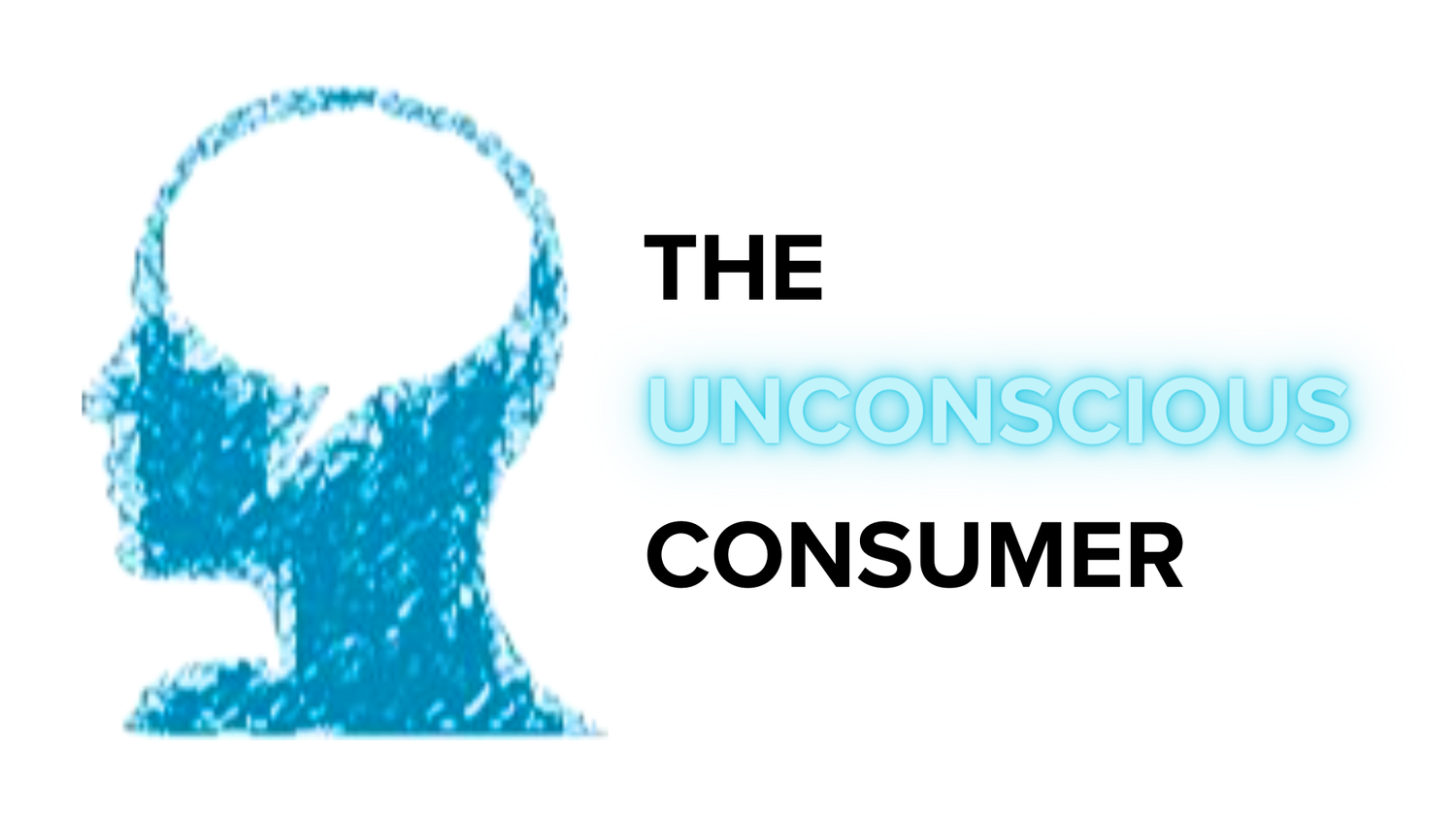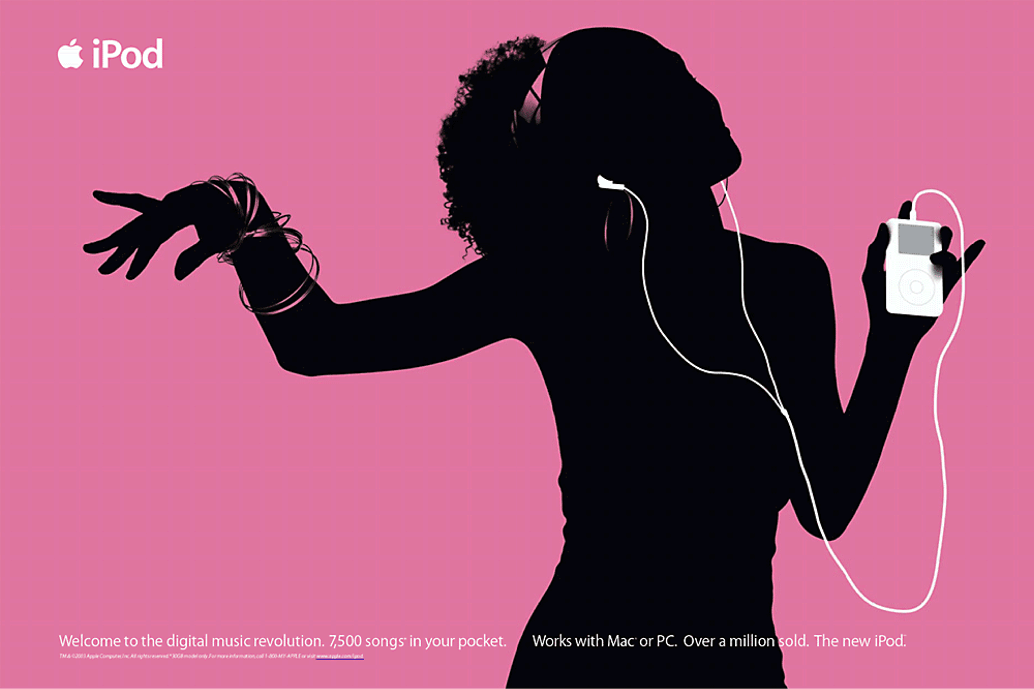The Unconscious Influence of Sound on the User Experience
Welcome to the Unconscious UX series, where we explore the subtle design elements that shape our experiences. In our first installment, we delved into typography. Now, we turn our attention to the impact of sound in enhancing the overall brand experience. Join us as we uncover how sound can influence user perceptions.
As our world becomes more focused on visual experiences, we tend to forget about the impact of the sounds we hear. However, these sounds greatly affect our emotions, decisions, and interactions with the world. This is especially true in the world of business, where sound plays a significant role in brand and user experience design, although it is often overlooked. While sound has always been an important factor, it is currently experiencing a resurgence in the age of digital transformation.
The History of Sound in Brand and User Experience Design
Dating back to the early days of radio, sound has played a significant role in shaping brands. The catchy jingles of the mid-twentieth century served as potent tools for imprinting brands into consumers' minds. With the digital revolution, this aural landscape has been enriched, transforming from mere background noise to a core component of a brand's identity and the user's interaction with a product or service.
Classic radio commercials and jingles from the 1960’s
Famous Examples of Sound in Branding and UX Design
The use of plosive letters (also known as stops, are types of consonants where the vocal tract is blocked so all airflow is stopped. In English, these are the letters P, B, T, D, K, and G) in brand names exemplifies the hidden influence of sounds. Brands such as Kodak, Coca-Cola, and Twitter have capitalized on the perceptual impact of plosives, which evoke feelings of quickness, reliability, and freshness. These qualities, subtly implanted into consumers' minds through the mere pronunciation of the brand name, serve to form a positive and powerful association with the brand.
The renowned sonic branding of Intel played a significant role in crafting the memorable Intel Inside moment.
Sonic branding, too, has left an indelible mark on the minds of consumers. Intel's five-note tone played at the end of its commercials, has become so recognizable that it is now synonymous with the brand. Similarly, Netflix’s 'Ta-dum' sound, designed to be brief yet impactful, instantly reminds users of a world of entertainment awaiting them.
The sounds embedded within products also play a pivotal role in shaping user experiences. Shopify’s 'cha-ching' sound, signalling a sale, creates a positive auditory reward, fostering a sense of achievement for the seller. Similarly, the Windows startup sound has been carefully designed to be welcoming and reassuring, subtly setting the tone for the user's interaction with the operating system.
The Psychology of Sound: How it Influences Consumer Perceptions
At a fundamental level, our cognitive processes are deeply intertwined with the sounds we encounter. The influence of sound, often operating below the threshold of consciousness, can wield a significant impact on our feelings, actions, and decisions. This implies that brands have the potential to curate emotional responses and influence consumer perceptions through the strategic use of sound.
This is substantiated by an array of academic research. A compelling illustration is found in a study published in the Journal of Consumer Research, which explored the intriguing relationship between sound frequency and visual perceptions. The researchers found that high-frequency sounds were associated with smaller, brighter objects, while low-frequency sounds were linked to larger, darker objects. This auditory-visual correspondence, grounded in our innate cognitive associations, can be leveraged in branding and marketing. For instance, a product aiming to project a 'light' or 'premium' image could employ high-frequency sounds in its advertisements, packaging, or even product design.
Furthermore, our brains are capable of forming rich, nuanced associations between certain sounds and specific emotional states. Sounds can elicit a broad spectrum of emotions, from joy and relaxation to anxiety and irritation. As such, brands can utilize sound to create or enhance a desired emotional response in consumers. A nostalgic jingle can evoke feelings of warmth and familiarity, potentially increasing brand loyalty. Conversely, an intense, fast-paced soundtrack might enhance the exciting image of a sports car brand.
The creation of a brand's sonic identity is another key facet of sound psychology in consumer perceptions. Much like an individual's unique voice, a brand's distinctive sound palette can convey its personality and mission, thereby forging a meaningful connection with its audience. The rhythmic beats of athletic brands like Nike, for instance, reflect their dynamic and energetic image, aligning with their mission to inspire athletic achievement.
Analysis of modern sonic branding from Iconic Sonic Design.
However, the world of sonic branding isn't solely about music, jingles, or even voices. The strategic use of silence is a powerful tool, especially for brands aiming to convey a sense of exclusivity, luxury, or sophistication. The silence experienced when riding in a high-end vehicle like a Rolls-Royce, devoid of the noise of the engine or the road, symbolizes the brand's commitment to superior craftsmanship and comfort. Similarly, in the realm of high-end watches, the nearly silent ticking of an expensive mechanical watch compared to a loud quartz watch implies a level of precision and elegance.
Sound has a significant impact on how consumers perceive brands and their overall experience. By understanding the connection between sound and consumer psychology, businesses can create more effective marketing strategies that resonate emotionally with their audience.
Creative Approaches to Sound in Branding
The emergence of voice technologies presents new opportunities for brands to create unique auditory experiences. Amazon's Alexa and Apple's Siri, for instance, personify their brands, transforming them from faceless corporations into relatable entities.
Music in advertising has also demonstrated a profound impact on consumer perceptions. Apple’s iPod commercials, known for their catchy and upbeat tunes, mirrored the brand's image of creativity and innovation.
Apple launched its iconic silhouette commercials for the iPod in 2003. These ads, with their bold colors, energetic silhouettes, and popular music, quickly became a defining style associated with the iPod and Apple brand.
Sound logos, or short distinctive melodies associated with a brand, are another tool in the arsenal of sonic branding. Often used at the beginning or end of a commercial, these unique sounds serve as an audio signature for the brand. BMW's sound logo, a brief, synthesized tone, captures the essence of the brand - modern, sleek, and forward-thinking.
Actionable Recommendations for Companies
Harnessing the power of sound in your brand's user experience is an art that can significantly enhance your brand's impact and recognition. As a product manager, marketer, or UX professional, you can leverage the potential of sound in a strategic and effective manner. Here are some practical steps you can take:
1. User-Centered Sound Design: Understanding your target audience is the first step in user-centred sound design1. Dive deep into their preferences, cultural associations, and habits to create a sonic identity that resonates with them. For instance, if your audience is young and vibrant, consider incorporating energetic and upbeat sounds. Conversely, a more mature audience might appreciate classical or soft, ambient sounds. You can gain this insight through market research, user interviews, or feedback surveys.
2. Consistency Across All Touchpoints: Ensure that your brand's sonic identity is consistent across all platforms. This includes commercials, in-store experiences, digital platforms, and product sounds. Consistency enhances brand recognition and solidifies your brand's image in the consumer's mind. For example, a sound logo, jingle, or a specific set of sound effects should be recognizable whether it's in a TV ad, in an app, or in your store.
3. Sound Design Accessibility: Keep in mind the accessibility of your sound design. Not all your users will interact with your brand in the same acoustic environment or have the same hearing capabilities. Create options for sound personalization, volume adjustments, or even visual cues to replace sound for hard-of-hearing users. This not only ensures an inclusive user experience but also exhibits your brand's commitment to cater to diverse needs.
4. Test and Iterate: Just like any other aspect of product or service design, it's important to test your sound design with real users and iterate based on feedback. This could involve A/B testing different sounds, gathering user feedback, or conducting usability tests to measure how effectively the sound aids in accomplishing user tasks.
Consumer Awareness: The Subtle Influence of Sound
As consumers, we should strive to understand the way in which sounds subtly shape our perceptions and decisions. Whether it's the calming sound of a luxury car door closing or the uplifting tune in an advertisement, these auditory cues play a pivotal role in our interactions with brands and products. By becoming more aware of the sounds around us and their effects, we can make more informed and autonomous decisions.
Conclusion
Sound is an integral aspect of our lives, silently shaping our interactions and experiences. The importance of sound in creating immersive and impactful user experiences cannot be understated. It offers a powerful medium for brands to connect with their audience on a deeper, emotional level.
Looking ahead, as voice technologies become increasingly sophisticated and integrated into our lives, the role of sound in branding and user experience design is set to become even more prominent. It is a fascinating frontier for innovation and one that businesses, designers, and consumers alike should turn an attentive ear to.
Want to share your thoughts? Feel free to share them in the comments section below or on social media.



